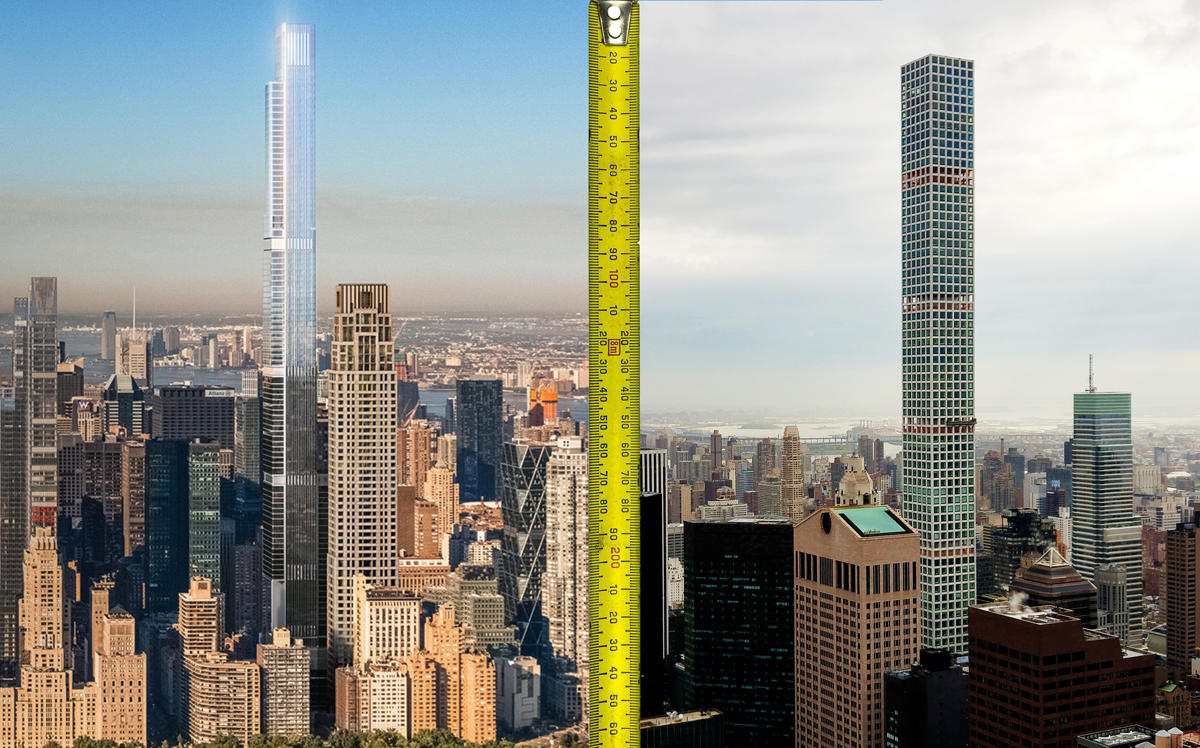Trending
City targets building loophole used by Billionaires’ Row developers
The city wants to count voids 30 feet and taller toward a project's max size

Manhattan developers for years have boosted the heights of their towers by using a loophole in the city’s zoning laws.
Developers have included what’s known as mechanical voids — unoccupied floors with mechanical and structural equipment — to dedicate more room at the top of a project, where residents will pay higher prices for better views.
But now city officials are looking to close this loophole through rules that would make unusually large mechanical spaces count toward a building’s height limit, according to the New York Times. The proposal would count mechanical floors greater than 30 feet tall (up from a proposed 25 feet in January) toward the maximum size of the building, which would mainly apply to buildings by Central Park and Lower Manhattan.
But the real estate industry has criticized this idea as misguided and obstructive. Developer Harry Macklowe told the Times that he supports the attempt to firm up rules around mechanical spaces but disputed that he had taken advantage of the current loophole to make 432 Park Avenue taller than it would have been otherwise.
“It offends me,” he said, “because we created a very nice building that fits into the skyline perfectly.”
Silvan Marcus, 432 Park’s structural engineer, told the Times that without the mechanical floors, the tower would noticeably sway.
Gary Barnett — whose Central Park Tower will have 20 percent of such space — said the city’s proposal was reasonable, but the voids in his project were necessary for amenity space and retail tenant Nordstrom. [NYT] – Eddie Small




